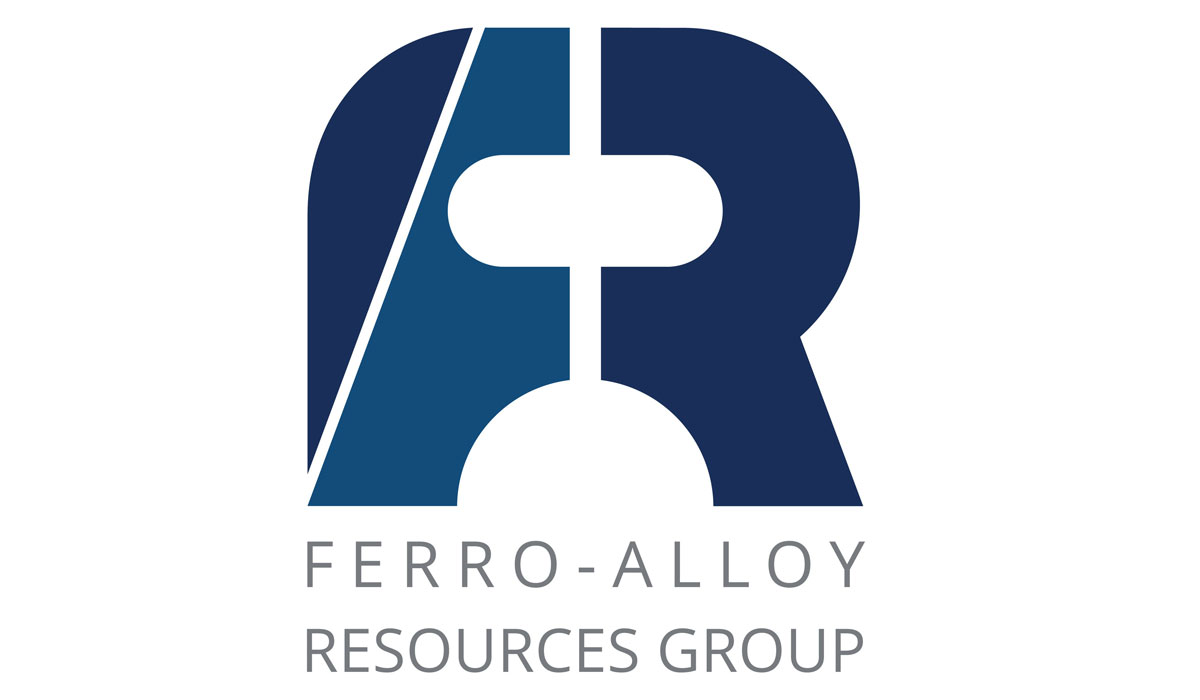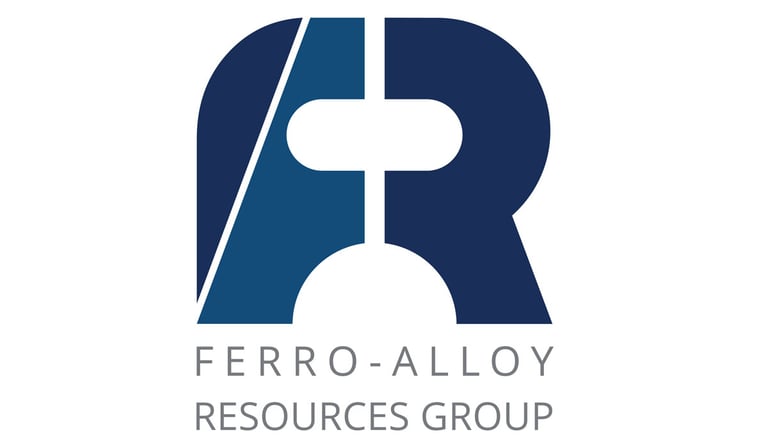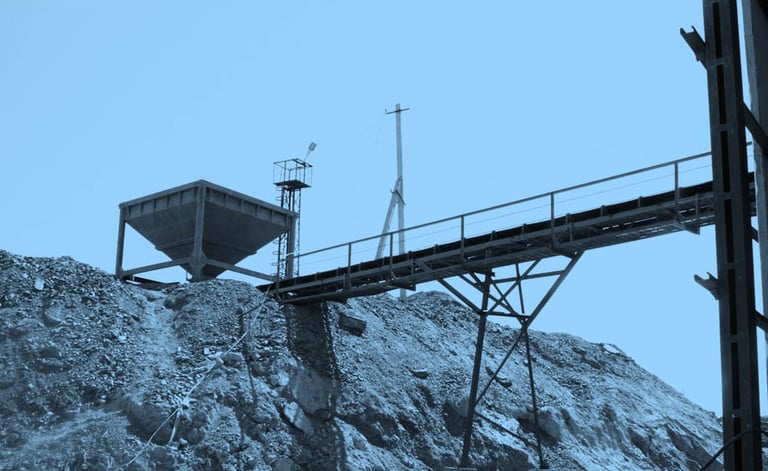As global demand for sustainable energy solutions accelerates, vanadium mining emerges as a pivotal force driving the transition. This article delves into the multifaceted role of vanadium mining, highlighting its significance in both traditional industries and cutting-edge energy storage technologies.
Vanadium mining involves the extraction of vanadium-bearing ores from the Earth’s crust. Vanadium, denoted by the symbol ‘V’ and atomic number 23, is a silvery-grey, ductile, and malleable transition metal known for its strength, resistance to corrosion, and ability to form stable compounds. These properties make it exceptionally valuable in various industrial applications.
In steelmaking, even minute quantities of vanadium, as little as 0.15%, when alloyed with steel, dramatically increase its tensile strength, toughness, and resistance to wear and fatigue. This enhancement is exponential, underpinning the strength and durability of infrastructure worldwide.
Vanadium does not typically occur in its pure metallic form in nature. Instead, it is found combined with other elements in various minerals. The mining process involves several key stages: exploration to identify economically viable deposits, extraction through open-pit or underground mining depending on the deposit’s characteristics, and processing to concentrate and refine the vanadium.
Beyond steel, vanadium’s role in sustainable energy is gaining prominence. Vanadium Redox Flow Batteries (VRFBs) are a promising technology for large-scale energy storage, essential for integrating renewable energy sources like solar and wind power into the grid. VRFBs offer a long lifespan, scalability, and are considered safer and more sustainable than some other battery technologies.
The geological context of vanadium deposits is diverse, including magnetite-ilmenite deposits associated with layered igneous intrusions, sedimentary deposits in rocks like black shales and sandstones, and vanadiferous titanomagnetite deposits in volcanic rocks. Understanding these formations is crucial for effective exploration and mining.
Processing vanadium ores involves complex metallurgical operations: crushing and grinding to liberate vanadium-bearing minerals, concentration through methods like magnetic separation and flotation, leaching using chemical solutions to dissolve vanadium compounds, purification and concentration of the leach liquor, precipitation and calcination to produce vanadium pentoxide, and reduction to ferrovanadium for steelmaking applications.
Vanadium’s importance extends to high-strength, low-alloy (HSLA) steels used in modern infrastructure, automotive, and aerospace industries. In the automotive sector, vanadium-alloyed steels contribute to lighter and stronger vehicles, improving fuel efficiency and safety. In aerospace, specialized vanadium alloys exhibit high-temperature strength and creep resistance, crucial for jet engine components.
The environmental challenges associated with vanadium mining include habitat destruction, landscape alteration, and pollution. However, the industry’s growing focus on sustainable practices, such as minimizing waste generation, reducing energy and water consumption, and implementing mine site rehabilitation, aims to mitigate these impacts.
Vanadium’s designation as a ‘critical mineral’ by many nations underscores its strategic importance. The burgeoning role of vanadium in energy storage, particularly VRFBs, positions it at the heart of the energy transition, facilitating the wider adoption of renewable energy technologies.
Vanadium mining is not merely about extracting a metal; it’s about sourcing an element that underpins the strength and durability of infrastructure and plays a crucial role in enabling sustainable energy technologies. As the world moves towards a low-carbon future, vanadium’s significance in both traditional and emerging applications makes it a compelling area for investment and innovation.
Ferro-Alloy Resources Ltd (LON:FAR) is developing the giant Balasausqandiq vanadium deposit in Kyzylordinskaya oblast of southern Kazakhstan. The ore at this deposit is unlike that of nearly all other primary vanadium deposits and is capable of being treated by a much lower cost process.







































